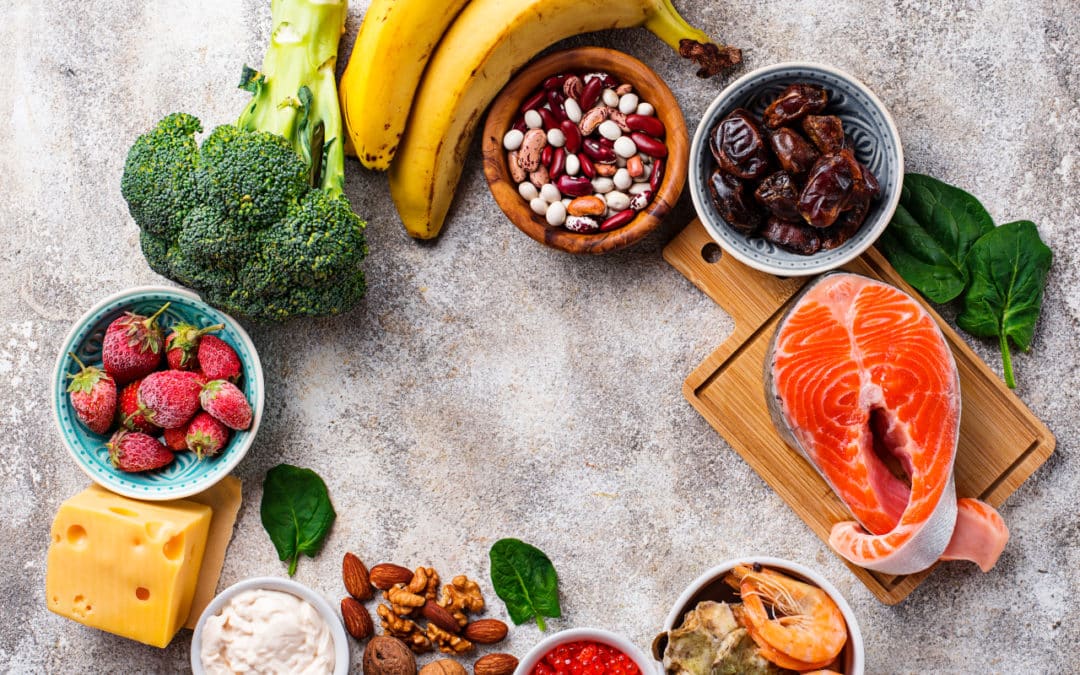When someone hears the words endorphins and dopamine, they often think of “runners high.” They are also considered the source of a natural high, the chemicals released when one experiences pleasure.
Endorphins and dopamine are often known as the feel-good hormones or happy hormones. These brain chemicals are essential to understanding the addiction process and successful, sustained recovery.
What are Endorphins?
The body’s natural pain reliever, endorphins, are molecules produced in the pituitary gland and the hypothalamus. Endorphins are also known as endogenous morphine, from which the term endorphin is derived.
Exercise, such as walking, running, dancing, sports, and even sex, produces endorphins and helps to reduce pain, stress, and anxiety. Endorphins play a role in preventing symptoms of depression.
Opiates trigger the same receptors in the brain that trigger the release of endorphins. The use of opiates produces a much stronger reaction, overtaking the role of endorphins. It has been noted that using naloxone and opiate-based drugs may inhibit natural endorphin release.
Opiates include prescribed and illicit drugs, including:
- Hydrocodone
- Oxycodone
- Codeine
- Fentanyl
- Morphine
- Heroin
Benefits of Endorphins
The primary role of endorphins is to reduce pain, even minor pain. The healthy release of endorphins can be essential for mental health. Endorphin levels can vary based on a range of activities and behaviors.
Endorphins are released when someone experiences the following:
- Vigorous exercise
- Injury
- Eating spicy foods
- Laughter
- Eating dark chocolate
- Sex
The release of endorphins also impacts emotional well-being. This is marked by a reduction in stress, anxiety, and depression. Improvements in mood and self-esteem can occur when endorphins are released.
They are an essential part of daily life, allowing for a wide range of human experiences. Endorphins protect people from many painful or unpleasant experiences and encourage some positive behaviors.
What is Dopamine?
Dopamine is a neurotransmitter. It is produced in the adrenal gland. It’s known for its impact on the experience of pleasure and its motivational qualities.
Too Much of a Good Thing
Taking drugs that overstimulate the dopamine reward system can reduce the actual benefits sought. Tolerance to drugs and other triggers of significant releases of dopamine is developed. Many drug users experience an inability to get the same effect from the same amount of a substance. This leads to the user ingesting an increasing amount of a substance to get the same result.
Eventually, the reward pathway becomes overwhelmed and stops producing dopamine at previous levels or shuts down receptors for dopamine. This is an example of the brain and nervous system protecting itself.
Drugs like opiates, cocaine, caffeine, and nicotine flood the brain with dopamine. The brain reacts by limiting the amount of dopamine produced or reducing the receptors to the dopamine itself.
Benefits of Dopamine
The great motivator, dopamine, drives a person to seek the rewards of a dopamine rush. If a person has too much, too little, or a healthy amount of dopamine, it impacts their emotional responses. It may also play a role in the “flight or fight” response, part of the motivational aspect of dopamine.
Dopamine is known for its rewards. When someone experiences specific accomplishments or completes a task or pleasurable experience, they are generally rewarded with a dopamine rush. Runners in a race are motivated by the dopamine release they experience when they complete it.
Dopamine interacts with:
- Management of blood pressure and heart rate
- Learning
- Motivation
- Mood
- Attention
- Cognition
- Sleep
- Organ function
Comparison Between Endorphins vs Dopamine
It’s easy to get endorphins and dopamine confused. They work together well, balancing pain control, mood stabilization, motivation, and pleasure. Endorphins relieve pain as it’s being experienced. Meanwhile, dopamine motivates people to push through challenges and provides a reward for doing so.
Both endorphins and dopamine provide a similar experience. Endorphins are released in a sudden burst, and dopamine is released over a more extended period. Learning how to balance the natural release of these vital life-sustaining substances can lead to a healthy lifestyle.
Treatment for Addiction
Modern addiction treatment involves education about the science of the addiction process. It’s no longer believed that staying clean and sober is based on willpower and abstinence alone. The more someone knows about where cravings come from and alternatives to satisfying those cravings, the easier addiction recovery can be.
Practicing behaviors that encourage the natural release of endorphins and dopamine helps prevent the person from reaching for a substance. This interrupts the body’s natural production of endorphins and dopamine.
Exercise
Studies have shown that exercise is helpful as an alternative to drug-seeking opiates. Exercise, such as walking, running, dancing, sports, and even sex, produces endorphins and helps to reduce pain, stress, and anxiety. Endorphins play a role in preventing symptoms of depression.
Meditation & Yoga
These practices help reduce stress and anxiety. They are thought to release endorphins. Completing a meditation or a period of yoga practice also provides an accomplishment worthy of a healthy release of dopamine.
The practice of meditation and yoga is also helpful in reducing triggers. These activities reduce the need to seek an overwhelming rush of either endorphins or dopamine found in drug use.
Laughter & Having Fun
Participating in activities that provide joy activates the release of helpful brain chemicals. Watching a comedy show or a funny movie can bring that level of joy. Allowing oneself to have fun is excellent medicine.
Practicing laughter and learning that one deserves to have fun is important to a successful recovery. Having fun leads to both the release of endorphins and dopamine.
Diet
The occasional treat of dark chocolate containing at least 70% cocoa can boost endorphin production, as can some spicy foods. A healthy diet helps one feel healthy and manages one’s mood and motivation to practice healthy living.
Getting Addiction Help in San Diego, CA
Endorphins and dopamine are both neurotransmitters that can help with mood, mental health, and addiction recovery. These two neurotransmitters can be released naturally. Addiction recovery can be enhanced by doing activities that increase dopamine and endorphin levels.
Activities included in treatment programs are geared toward helping participants learn many aspects of healthy living. At the same time, participants are learning how to live clean and sober. Healthy Life Recovery is a drug and alcohol rehab center in San Diego, California, that provides many evidence-based treatments to help addicts recover and lead healthy lives. We treat the whole person and base our programs on the four pillars of recovery: nutrition, community, exercise, and education.






